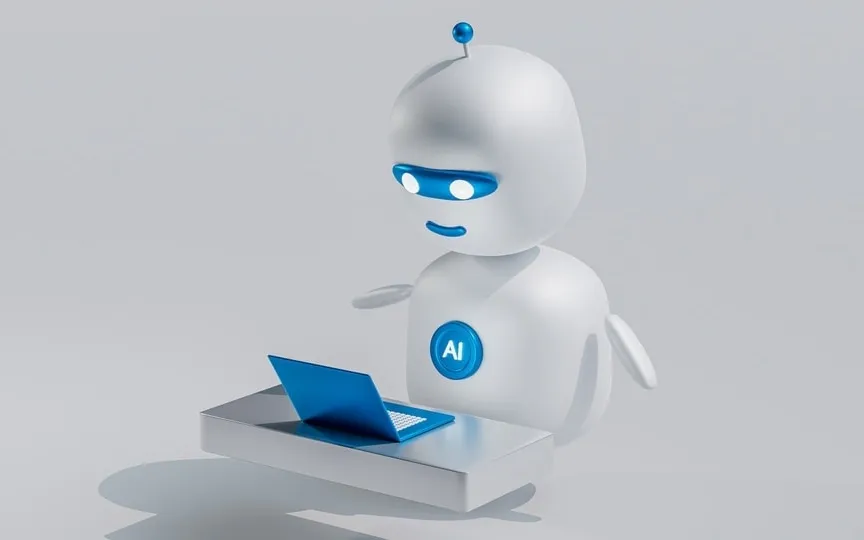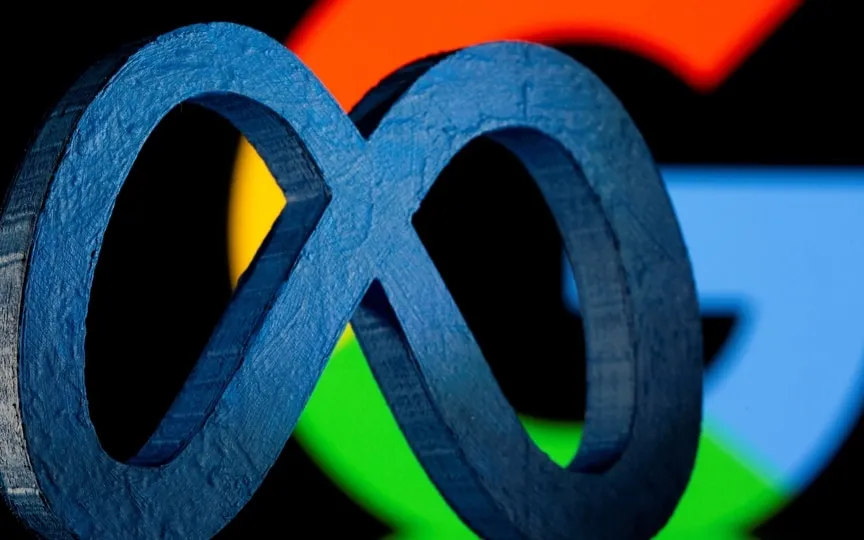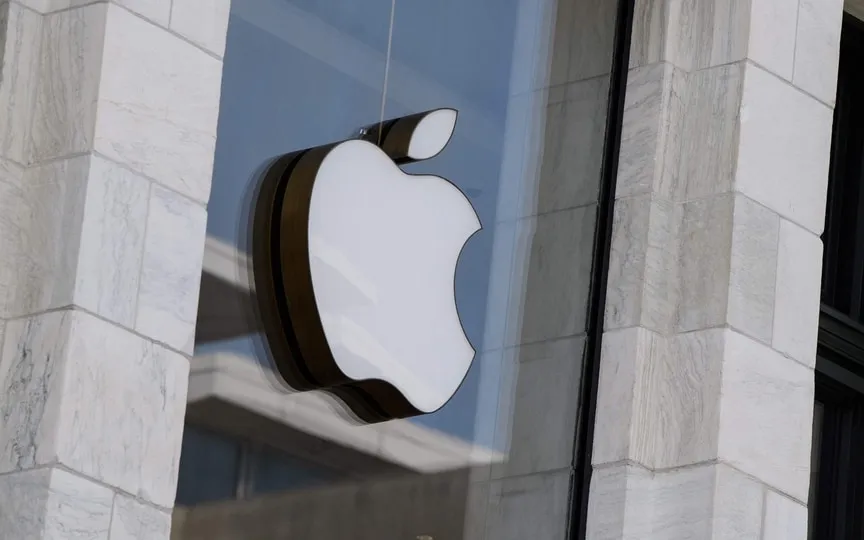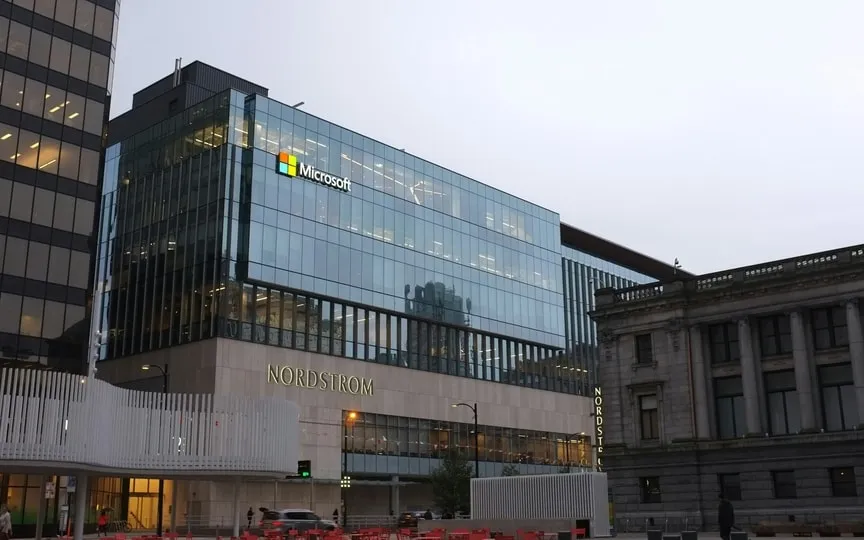Nasdaq Engineers Embrace Generative AI Technology
According to Nasdaq’s chief technology and chief information officer, as the use of advanced artificial intelligence continues to grow, a division is becoming apparent within the corporate sector. While engineers and marketers are enthusiastically adopting this technology, lawyers are showing less enthusiasm.
At Nasdaq, which operates exchanges and sells technology to global markets, employees across departments are exploring new ways to use new artificial intelligence, Brad Peterson said at the Reuters MOMENTUM conference in Austin.
One unit organized a “hackathon,” or collaborative design event, about so-called generative artificial intelligence, a technology that produces text, images or other new content based on previous information. The Verafin division was exploring how such AI could be incorporated into its product to fight financial crime, he said, adding that the technology could generate investigative reports. Verafin has used artificial intelligence to detect more commonly audited inspections.
“There’s a competition with deepfakes,” Peterson said.
Computer programmers are also looking to artificial intelligence to suggest code for Nasdaq’s business, Peterson said. Marketers are exploring how ChatGPT-style programs can create blogs.
On the other hand, corporate lawyers — a group that some more broadly expect will use AI to summarize lengthy documents — are interested but more cautious about the technology, he said.
Nasdaq has adopted a licensing process to address AI-related concerns, such as the possibility that confidential content fed to it could be in the hands of others.
Employees must register to use certain AI tools internally and complete training before proceeding, Peterson said. He said the company would not immediately ban the tools, as others have done.
“We’re not going to go dark early,” he said.
Despite the fact that Nasdaq’s latest work is experimental, even though it has been using other forms of AI for years; AI hasn’t released the code yet, Peterson said. According to him, the company’s lawyers are having a conversation with the sellers, who own the end result.
Nasdaq works primarily with Amazon Web Services, but not exclusively. Of rival Microsoft, which is making big moves by investing in OpenAI, the creator of ChatGPT, Peterson said, “We’re definitely a big user of the entire Office Suite, as well as business email and Teams.” generative AI features.
Nasdaq has gotten a preview of Amazon’s answer to the generative AI race, namely Amazon Bedrock, a pick-your-own technology featuring Anthropic’s Claude AI. Peterson did not comment on Titan, a family of models that Amazon itself created with less fanfare than OpenAI’s.
In the longer term, Nasdaq will integrate Adenza, a software company owned by Thoma Bravo, on the condition that Nasdaq’s $10.5 billion deal announced last month closes. Adenza uses mostly local data centers, which means Nasdaq would have to help it with cloud migrations, he said.




